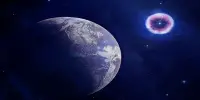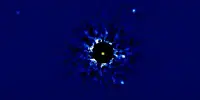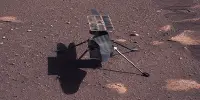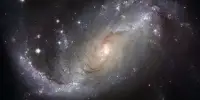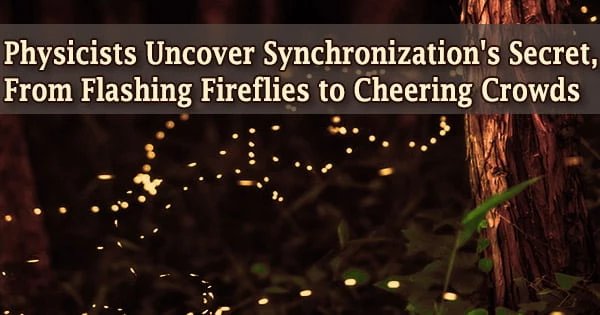We’ve lost Venus and Mars from the evening sky in August, but we’ll have excellent views of Saturn all night. This month, Saturn approaches opposition, which means it is precisely opposite the Sun as seen from Earth.
Planets in opposition rise shortly after sunset and remain visible until morning when they are at their largest and brightest for the year. By mid-month, the massive planet will be low in the eastern sky at about 9 p.m., rising a little higher each evening as August progresses.
Saturn appears barely a couple of finger widths apart from the nearly full Moon on the morning of August 3. Find them before daybreak in the West.
On the morning of the 9th, the Moon forms a lovely conjunction with the Pleiades star cluster, with Jupiter close. The Moon then had a near encounter with the crimson star Antares — the brightest star in the constellation Scorpius — on the evening of August 24.

The Perseid meteor shower, one of the most well-known annual meteor showers, occurs in August. And the stage is set for a good show this year, with the peak night — Aug. 12 and into Aug. 13 — being close to the new moon.
The meteors are dust particles, most of which are no bigger than sand grains, that emanate from the comet Swift-Tuttle. Every year at this time, Earth passes through the comet’s debris trail, resulting in the yearly shower.
The radiant — the location in the sky where meteors appear to originate — is to the northeast, between the upside-down “W” of Cassiopeia and the bright star Capella.
Seeing the Perseids is simple: find a safe, dark place to lie down, with your feet pointed about the northeast, and look straight up. They are best seen between midnight and sunrise when the radiant rises higher in the sky. Meteor activity will most likely peak in the hour before sunrise.
The crescent moon rises in a couple of hours before dawn, but it’s only around 7% lighted, so it shouldn’t interfere with watching the meteors. During the week preceding and following the peak, you may also see a few meteors in the early morning hours.
August begins and concludes with a full moon, a rare phenomenon that occurs only every couple of years. A second full moon in a single calendar month is known as a “blue moon.” They occur every 2 to 3 years due to the Moon’s monthly cycle being somewhat shorter than the typical length of a month. So, ultimately, a full moon will occur at the start of a month, with enough days remaining to complete a lunar cycle. When this occurs, we have a blue moon.
But wait, there’s more! The blue moon on August 30 is also a supermoon. Because the moon’s orbit is not a perfect circle, it is sometimes farther away from Earth and sometimes closer. It is 14% closer at its closest point, known as perigee than at its farthest point.
A supermoon occurs three to four times per year when the full moon phase coincides with the Moon reaching perigee. While it seems slightly larger (and slightly brighter) than a typical full moon, the difference is barely discernible to the naked eye.
The conjunction of these two rare full moons, known as a “super blue moon,” happens about every ten years on average, however the duration between any two occurrences can range from two months to two decades or more.
So take advantage of this month’s two full moons. While the second one will not appear supersized or any bluer than usual, you now understand what makes it unique.

